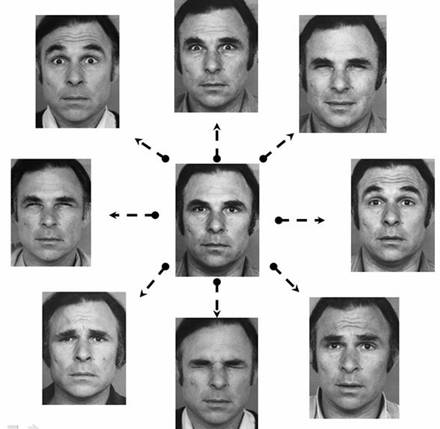|
FEATURE:
ICPR2006 Track 4 Invited Talk2 |


|
Pattern Recognition in Video
(Minta Martin Professor of Engineering, University of Maryland, College Park |
|
Review by: Michael Reiter Vienna University of Technology
In his invited talk, Professor Rama Chellappa presented an overview of recent work of his research group, in which pattern recognition approaches were applied to video sequence analysis.
Several examples of successful applications were demonstrated, including face recognition by appearance-adaptive models, gait-based human recognition, person tracking on a terminal, and tracking and analysis of the motion of a bees performing a waggle dance. (The waggle dance is performed by the bees to convey the direction of the food source to other bees in the hive. It is used to indicate the directions of distant floral sites, while the round dance is used for sites which are more close to the beehive). In such applications, pattern representation is crucial and should incorporate spatial and temporal pattern information.
Examples of useful representations are affine appearance models, 3D feature graphs and part-based descriptions (e.g. for gait-based person identification). Once a proper set of features is chosen the model parameters have to be estimated from observations. To accomplish this, particle filtering can be used to approximate the posterior densities of the state parameters. Identity and tracking parameters can be obtained as marginal maximum a-posterior estimates. In a similar way, tracking and behavior analysis can be performed together. For example, the learned motion models can be used to detect abnormal behavior (e.g., for surveillance applications). |

|
The many expressions of a single person illustrate one of the challenges of face recognition. |
|
1. Ekman P. et.al, “Facial Action Coding Systems: The Manual”, pp 1:527, 2002. Online: face-and-emotion.com/dataface/facs/new_version.jsp 2. Pittsburgh Pattern Recognition. Online: www.pittpatt.com/ |